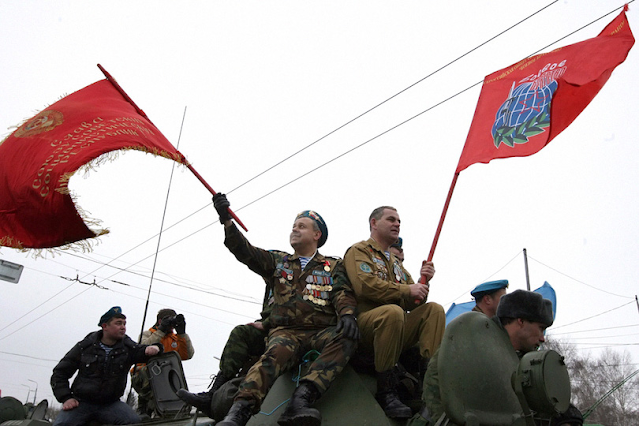The Silk Road is one of the most iconic trade routes in human history, connecting the East and the West for centuries. The route has played a critical role in shaping the economic, political, and cultural landscape of the world. However, as with any major trade route, the Silk Road has also been subject to geopolitics influences. In this blog post, we will explore the complex relationship between the Silk Road and geopolitics, and how it has shaped the trade route throughout history.
The Silk Road has been a major conduit for the exchange of goods, ideas, and cultures between the East and the West. It was an important trade route connecting China, Central Asia, the Middle East, and Europe. Along the route, merchants and traders exchanged silk, spices, textiles, and other valuable goods. However, the route was not just an economic one but also a cultural and political one. The Silk Road was a melting pot of cultures and religions, and it played a critical role in spreading ideas and technologies across the globe.
 |
| Trade route of Imperial China (Silk Route) credit britannica.com |
However, the Silk Road was not immune to the forces of geopolitics. Throughout history, the route has been subject to the influences of various empires and nations. For example, the Roman Empire, the Persian Empire, the Mongol Empire, and the Ottoman Empire all controlled parts of the Silk Road at different times. These empires used the trade route to advance their own economic and political interests.
One of the most notable examples of the intersection of geopolitics and the Silk Road was during the Cold War. The Silk Road became a major battleground for the United States and the Soviet Union, as they competed for influence in the region. The United States supported the construction of the Trans-Iranian railway, which connected the Persian Gulf to the Soviet border, to undercut Soviet power in the region. The Soviet Union, on the other hand, supported the construction of the Turkmenistan-Afghanistan-Pakistan railway, which connected Central Asia to the Indian Ocean, in an effort to counter American influence.
 |
| Soviet-Afghan War (1979-1989) credit e-ir.info |
The Silk Road is once again becoming an important economic and political route. The rise of China as an economic and political power has led to the development of new trade routes, such as the Belt and Road Initiative (BRI). The BRI is a massive infrastructure development project that aims to connect Asia, Europe, and Africa through a network of roads, railways, and ports. The initiative has been met with both support and skepticism, as some see it as an attempt by China to expand its economic and political influence in the region.
 |
| The Belt and Road Initiative includes 1/3 of world trade and GDP and over 60% of the world's population. credit worldbank.org |
In conclusion, the Silk Road has been shaped by the forces of geopolitics throughout history. Empires and nations have used the trade route to advance their own economic and political interests. The Cold War saw the Silk Road become a battleground for the United States and the Soviet Union. Today, the Silk Road is once again becoming an important economic and political route, as the Belt and Road Initiative aims to connect Asia, Europe, and Africa. Navigating the complex relationship between the Silk Road and geopolitics is crucial for understanding the trade route and its role in shaping the world we live in today.
Comments
Post a Comment